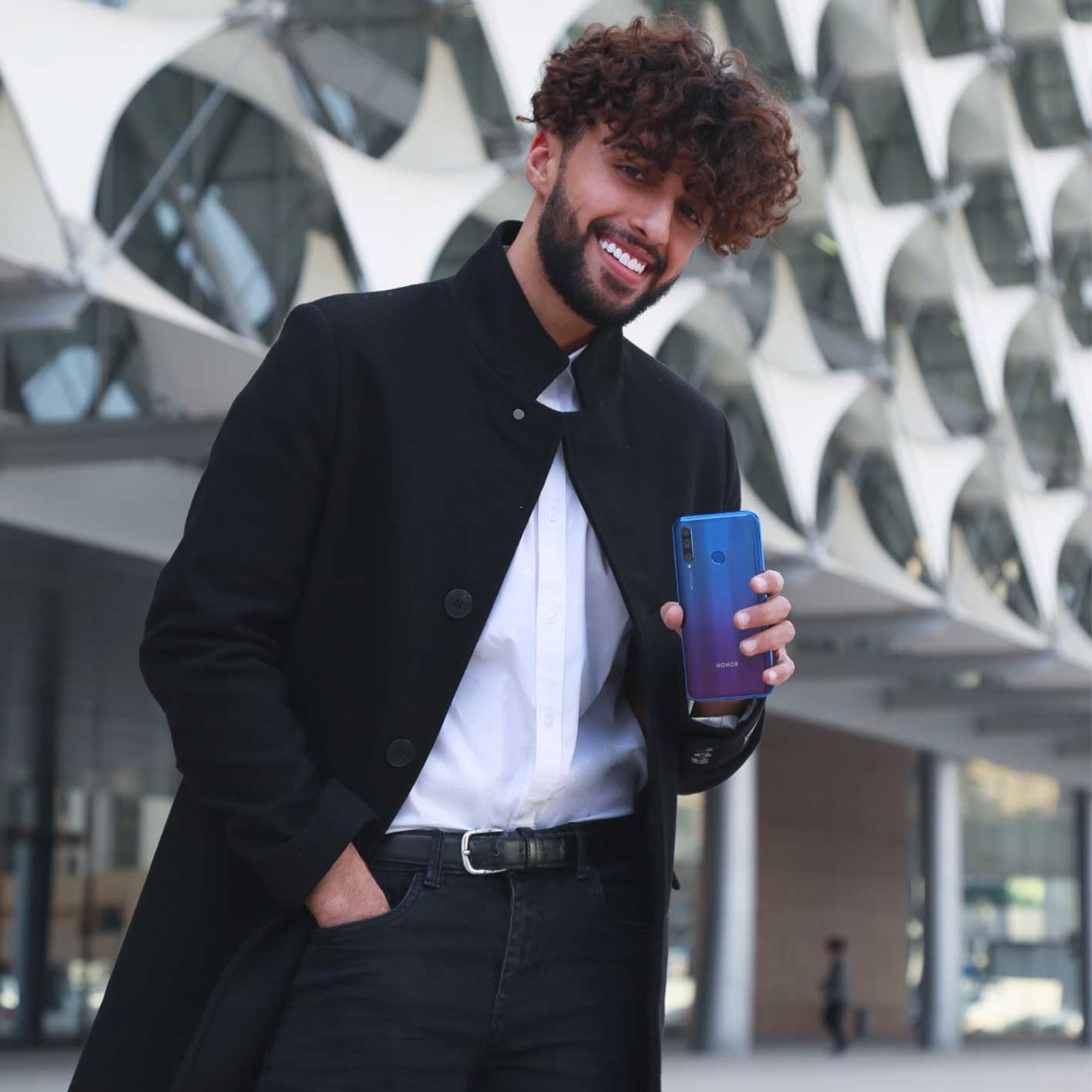First published in
Engaging customers on social media was already a priority for Saudi brands, then the pandemic hit.
In the space of a year, the region’s social users increased by 2.1 million. Now, with 27.8 million social media users in Saudi Arabia, this widespread adoption has accelerated the urgency, importance and opportunity for social marketing campaigns.
Influencer marketing has proved an effective tool for brands to engage and convert social users. A survey of 5,000 marketers by Influencer Marketing Hub found that 90 percent of marketers believe that influencer campaigns are successful. The same survey has found that, with the total spent on influencer marketing doubling every two years, the global market is expected to reach US$13.8 billion in 2021.
As influencer marketing takes off in Saudi Arabia, we’re noticing many similarities between the emergence of influencer marketing here as in other regions, but there are some key differences. Understanding them – and using them to your advantage – will give your campaigns the competitive edge.

Diverse creator community
Like everywhere, there are nano, micro and macro influencers in Saudi Arabia – and brands will partner with different types of influencers, depending on their objectives. For mass reach, macro creators can spread a message far and wide. Meanwhile, if you’re looking for engagement, the smaller the influencer, the higher their engagement rate tends to be.
This gives brands a good choice, especially since KSA influencers can be found across all the major platforms. While Snapchat is still one of the largest channels in the Kingdom, TikTok has taken off rapidly. In March 2020, Saudi Arabia ranked eighth in terms of worldwide users, with 9.7 million Saudis on the platform. That’s higher than the UAE.
While this choice will help you tailor your campaign, it can be daunting and not to mention time-consuming for brands to seek and vet their collaborators. Vamp’s platform has been designed to match brands with relevant influencers from our pre-approved community. But if you choose to go it alone, be sure to select influencers who will appeal to your customers, have strong metrics and a genuine following.

Direct line to Gen Z
There’s also a wide range of interests and niches covered by influencers in Saudi Arabia. While fashion and beauty remain at the top categories (this is true across the GCC) there is another prominent group emerging – gaming influencers. These creators have a big Gen Z audience, who will watch their streams for hours. In fact, Saudi Arabia has the highest YouTube watch-time per capita globally.
With their strong following, comes strong demand from brands – and not just those in the gaming space. Home entertainment, fashion and retail brands are also seeking to work with these content creators, based on their close relationship with young audiences and ability to provoke a positive sentiment.

Authentic content
While the content themes mirror the global influencer economy, the way Saudi influencers create their content can differ. Some – particularly micro and nano – prefer not to show their face on their feed, instead specialising in product imagery and flatlays. Others, still getting to grips with brand partnerships, provide the more unfiltered and realistic content favoured by platforms like TikTok, rather than uber polished Instagram posts.
Audiences consume this content differently too. While influencer engagement rates are slightly lower than average in Saudi Arabia, rates for impressions and reach are actually higher than the average (compared to other markets like the UAE). So it seems that while audiences may not be interacting with the content as much through comments and likes, they are still absorbing it and can be driven to action as a result.

A high percentage of local followers
Globally, brands are increasingly looking for high percentages of ‘local followers’. They want to be sure that not only is the influencer a good brand fit, but their audience are too. Saudi influencers tend to have a much higher percentage of local followers than the global average. This is great news for brands looking to advertise to Saudi customers, in Saudi.
Generally we have found that UAE influencers will have an average of 20-30% local following, but in Saudi it can be upwards of 50-60%.
However, Saudi influencers can often expect this local focus from their brand partners and will want to communicate with brands in their local language. This can prove a challenge for brands without an Arabic speaker in house. They may also expect to be paid upfront which, if you are negotiating alone and outside of a platform, is an important thing to note.
At Vamp, we’re incredibly excited to expand our influencer marketing platform in Saudi Arabia. With the market maturing and creator’s content improving all the time, the future of influencer marketing certainly looks bright. For brands, getting to know these key differences, or connecting with a platform that understands the intricacies of the region, will put you on the front foot of this evolving space, helping you overcome the challenges and seize the many opportunities.
Tariq Shalabi, KSA Partnerships Director at Vamp can be contacted via tariq@vamp.me


